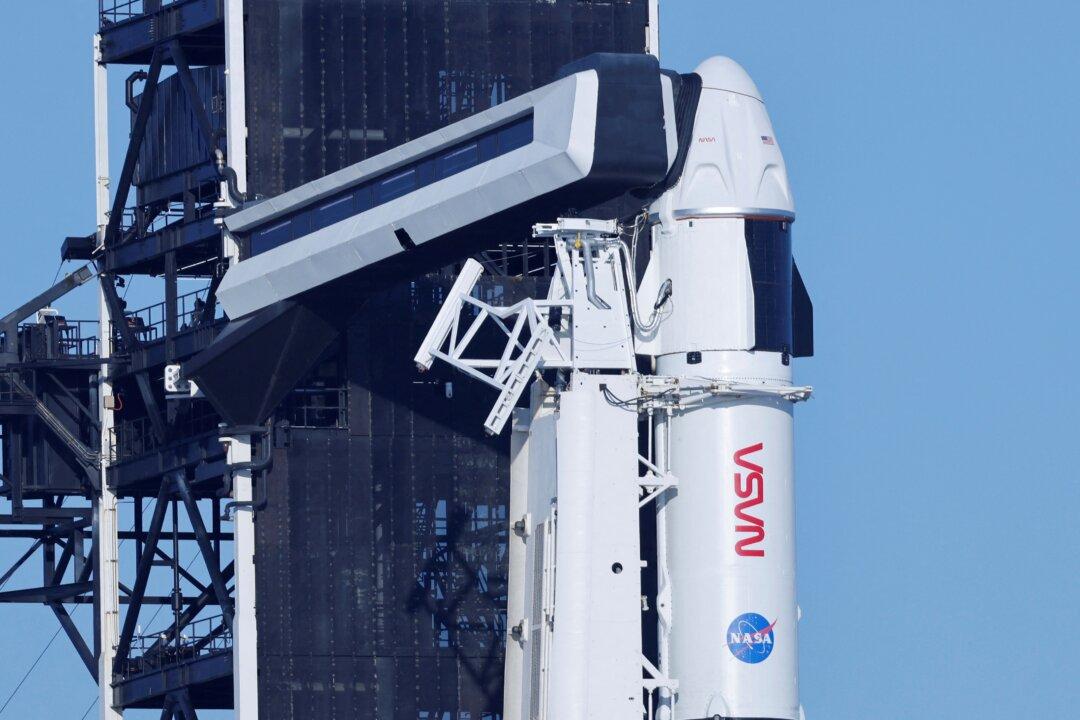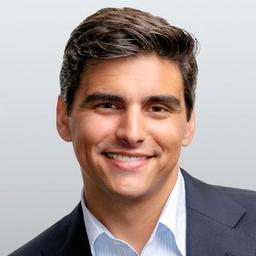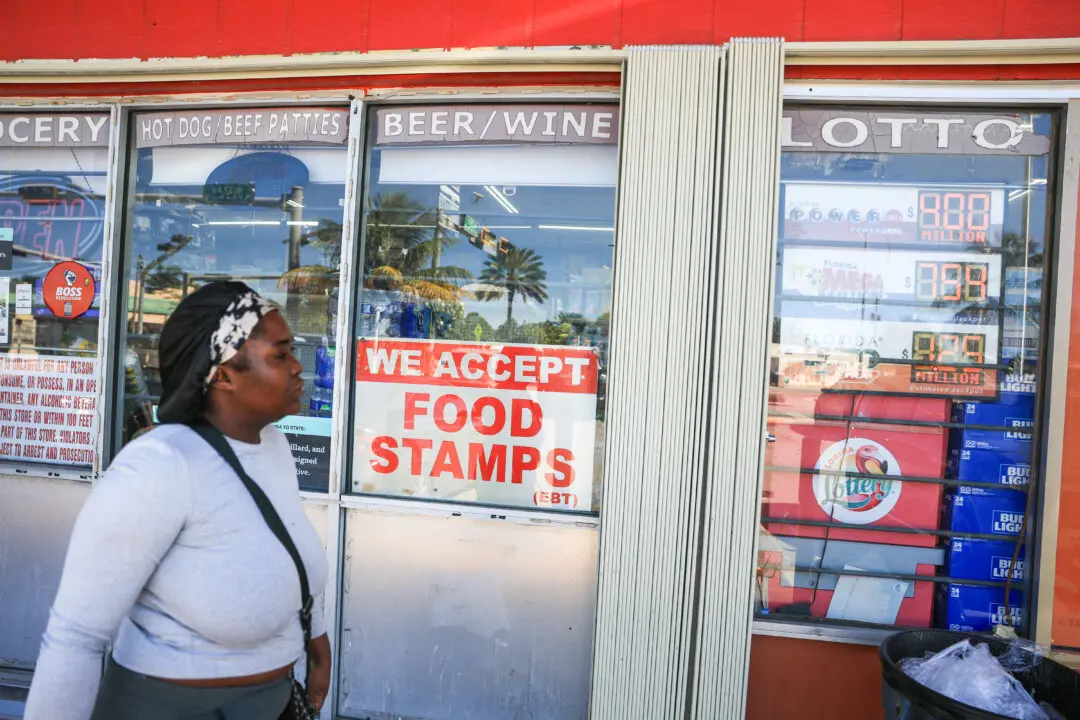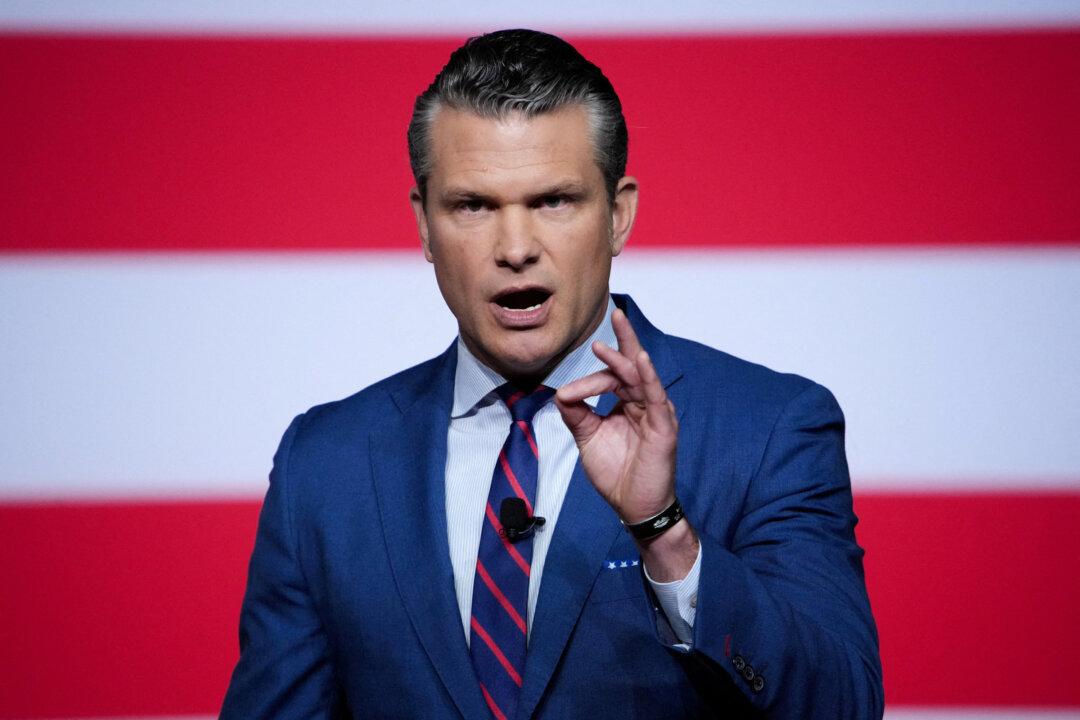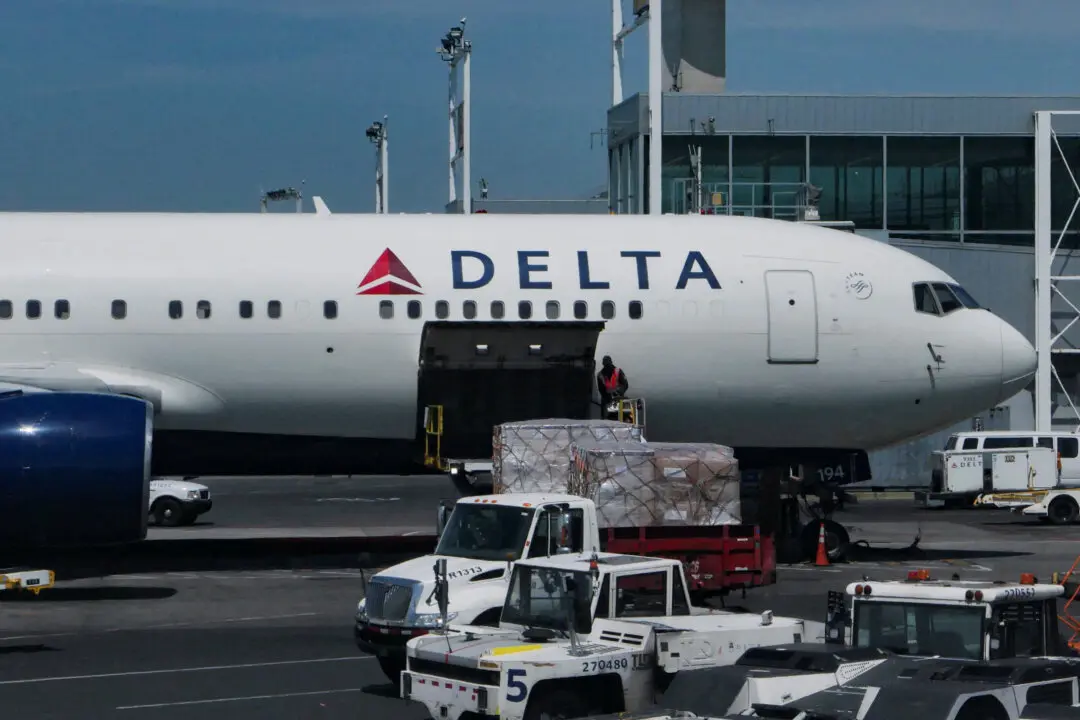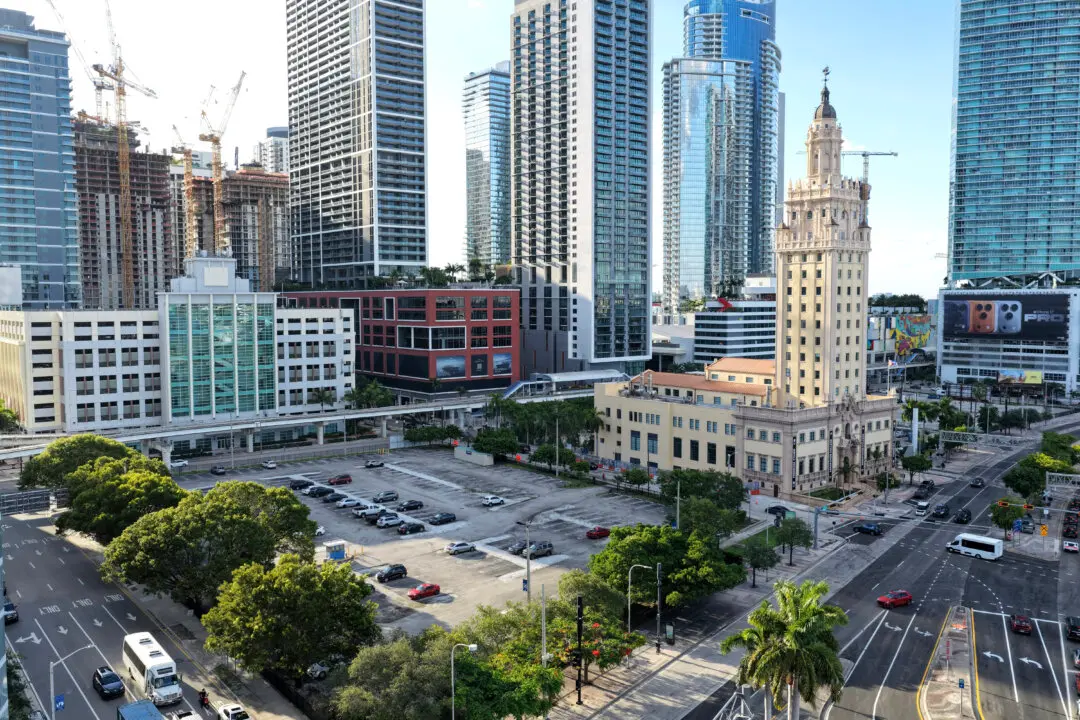Tickets are on sale now for a ride to space aboard Sir Richard Branson’s “spaceline,” Virgin Galactic. The starting price? $450,000.
Nearly two years after the historic flight that earned its founder his astronaut wings, the company revealed plans to launch its first two commercial spaceflights. The company also opened ticket sales for seats aboard the Virgin Space Ship (VSS) Unity, which will blast off from its base in New Mexico.
